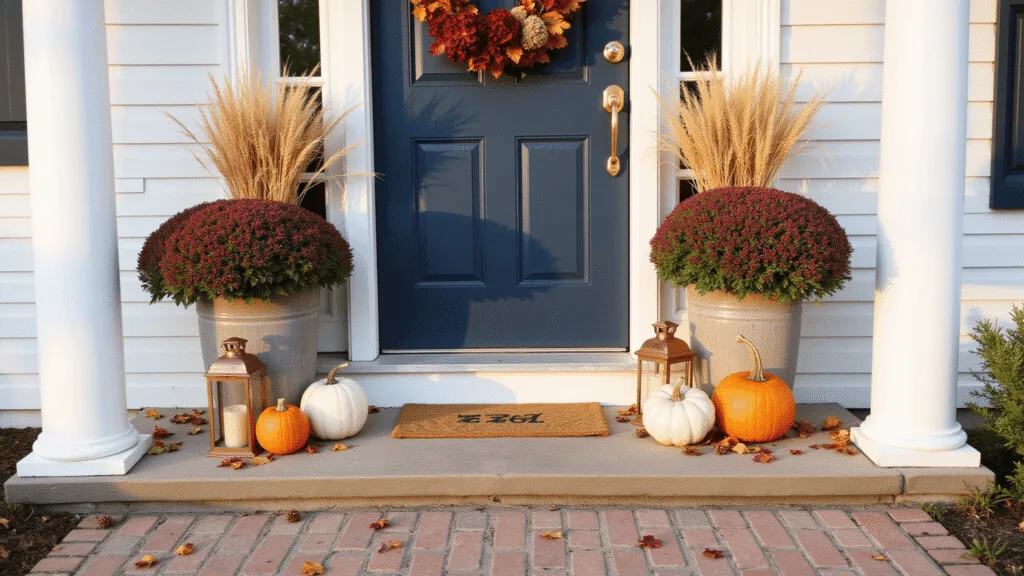What is Wabi Sabi? Understanding the Art of Imperfect Beauty
Wabi Sabi isn’t just a design trend – it’s a revolutionary way of seeing the world. This Japanese aesthetic transforms how we think about home decor by:
- Celebrating natural imperfections
- Embracing aged and weathered elements
- Finding beauty in simplicity and authenticity
Essential Tools for Your Wabi Sabi Journey
Key Equipment You’ll Need:
- High-quality camera or smartphone
- Natural light sources
- Organic props like:
- Wooden objects
- Handmade ceramics
- Natural textiles
- Potted plants
Creating Your Wabi Sabi Space: A Step-by-Step Guide
1. Clear the Clutter
Modern spaces are cluttered. Wabi Sabi demands simplicity. Start by:
- Removing unnecessary electronics
- Choosing minimal, meaningful pieces
- Allowing breathing room between objects
2. Choose Your Color Palette
Stick to earthy, natural tones:
- Soft browns
- Muted greens
- Warm tans
- Gentle grays
Pro tip: Think of a forest floor after rain – those are your colors.
3. Texture is Everything
Wabi Sabi loves texture more than perfection. Mix:
- Rough wooden surfaces
- Handwoven textiles
- Unglazed ceramics
- Natural stone elements
Photography Tips for Capturing Wabi Sabi Essence
Lighting Matters Most:
- Shoot during golden hours (early morning/late afternoon)
- Use soft, natural light
- Avoid harsh flash photography
Composition Secrets:
- Embrace negative space
- Focus on imperfect details
- Allow objects to look slightly “undone”
Budget-Friendly Wabi Sabi Hacks
You don’t need big bucks to create this aesthetic:
- Thrift store hunting
- Repurposing old furniture
- Using natural found objects
- DIY ceramic projects
Common Mistakes to Avoid
❌ Don’t:
- Over-style your space
- Remove all character
- Follow strict symmetry
- Use too many modern elements
✅ Do:
- Tell a story through objects
- Allow natural wear and tear
- Embrace unique imperfections
- Keep things simple and meaningful
Seasonal Wabi Sabi Adaptations
Each season offers unique Wabi Sabi opportunities:
- Spring: Incorporate fresh green plants
- Summer: Use light, breathable textiles
- Autumn: Add dried leaves and warm browns
- Winter: Introduce cozy, textured elements
Final Thoughts: More Than Just Decor
Wabi Sabi isn’t just about making your home look good. It’s a philosophy of acceptance, of finding beauty in life’s natural progression.
Your space doesn’t need to be perfect. It needs to be authentic.
Recommended Budget:
- Minimal investment: $50-$200
- Mid-range: $200-$500
- Full transformation: $500-$1000
Time Investment:
- Weekend project
- Ongoing evolution of space
Are you ready to transform your home into a sanctuary of imperfect beauty?














